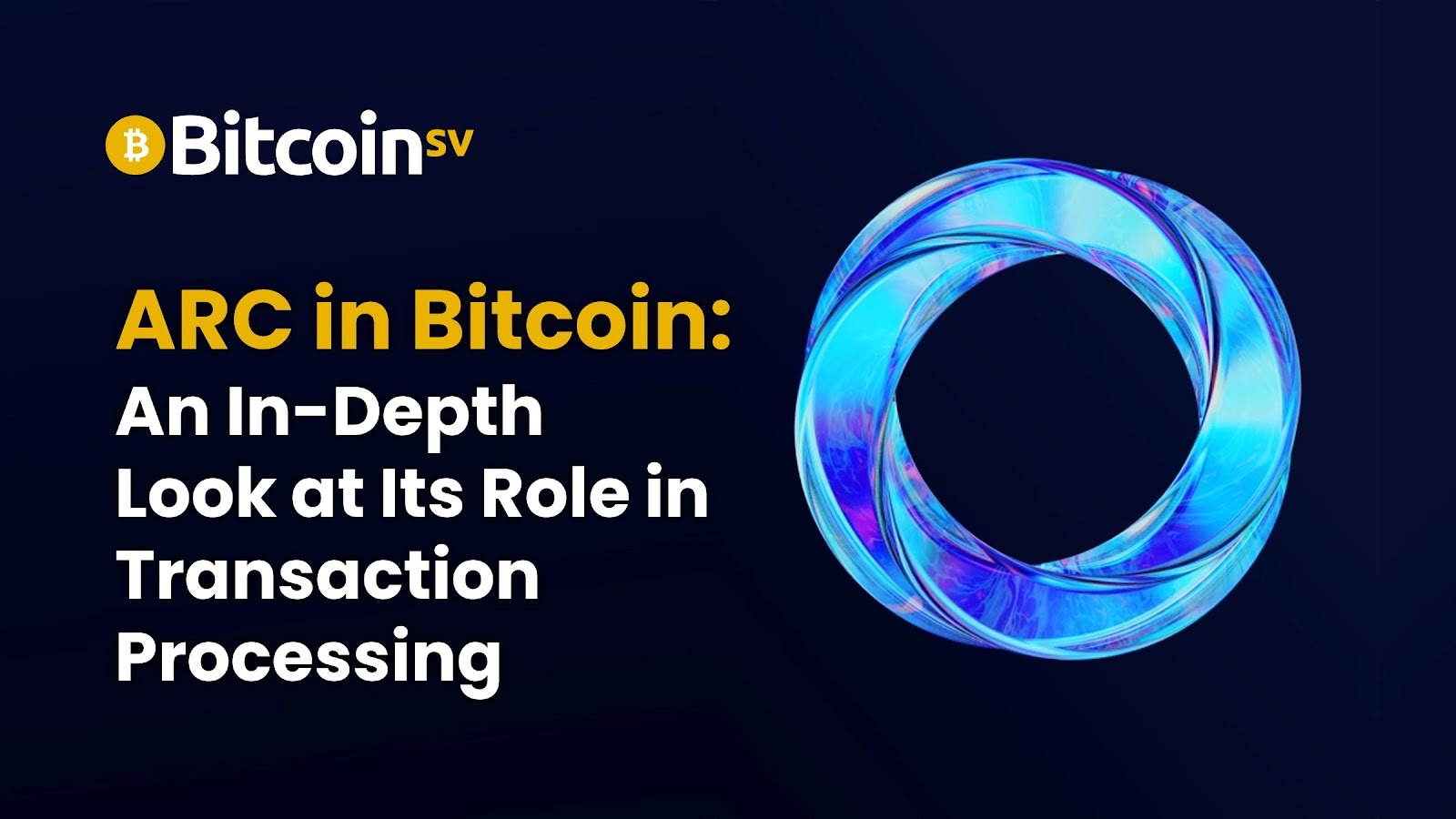Bitcoin stands as the pioneering force that brought blockchain technology to the forefront. However, with its meteoric rise came inherent challenges, particularly in transaction processing. As the network expanded, it grappled with issues of scalability, speed, and efficiency. Transactions, at times, faced delays, and the system showed signs of strain under high demand. Enter ARC, a groundbreaking solution meticulously designed to address these challenges. ARC, or Advanced Relay Chain, promises to not only enhance the submission of transactions to the Bitcoin network but also to revolutionise the very fabric of how these transactions are processed, ensuring seamless connectivity and unparalleled performance.
Background and Evolution of Bitcoin Transaction Processing
In Bitcoin’s nascent stages, transaction processing was relatively straightforward. Every participant or node in the network had a role in validating and recording transactions on the blockchain. This distributed approach was one of Bitcoin’s hallmark features, ensuring transparency and security. However, as Bitcoin gained traction and its user base swelled, this system began to reveal its limitations.
The initial design, where every transaction was broadcasted to every node and each node independently verified every transaction, became less feasible as the volume of transactions surged. The increasing demand led to congestion, higher transaction fees, and longer confirmation times. It became evident that the original infrastructure, while revolutionary, was not equipped to handle the massive scale of global adoption.
This growing demand underscored the urgent need for a more efficient and scalable system. The Bitcoin community recognised that to maintain its position as the leading cryptocurrency and to ensure sustainable growth, innovations in transaction processing were imperative. This set the stage for the development and introduction of solutions like ARC, aiming to redefine transaction processing for the modern Bitcoin era.
ARC: The Advanced Transaction Processor
- ARC, or Advanced Relay Chain, is not just another addition to the Bitcoin ecosystem; it’s a game-changer. Let’s delve into its components:
- API Interaction: This component facilitates interactions with the REST API microservice, allowing users to submit transactions, authenticate, and validate data seamlessly.
- Metamorph Processing: In the dynamic world of Bitcoin, not all transactions get acknowledged instantly. Metamorph steps in by directing these transactions and re-sending them if they aren’t acknowledged within a set timeframe.
- BlockTx Handling: Every block mined on the BSV network is managed by BlockTx, which also updates Metamorph instances about the status of transactions.
- Callbacker Notifications: Once a transaction is accepted by the Bitcoin network, Callbacker ensures that the client is notified promptly.
- Transaction Completion: The final step in the ARC process. Once a transaction is processed and validated, it’s included in the next block, and the client receives a confirmation.
ARC vs. mAPI: A Comparative Analysis
mAPI has traditionally been at the forefront of Bitcoin transaction processing. However, ARC brings several advantages to the table:
- Enhanced efficiency by broadcasting transactions on the p2p network, eliminating the bottlenecks associated with mAPI’s reliance on the rpc interface of a Bitcoin node.
- Improved transaction lifecycle management, thanks to ARC’s ability to monitor the network for transaction and block messages and its mechanism to resend unacknowledged transactions.
- The adoption of the BIP-239 extended format, which could set a new standard for interchange between wallets and non-mining nodes on the Bitcoin network.
ARC for Service Providers: A New Era of Transaction Processing
ARC’s versatility is evident in its three primary use cases:
- Enabling miners to run ARC instances for efficient transaction onboarding.
- Facilitating applications to seamlessly integrate with ARC endpoints for transaction submission.
- Laying the groundwork for potential future transaction processing services.
Furthermore, ARC’s modular and microservices-based design ensures flexibility and scalability. Service providers can also benefit from real-time statistics on Metamorph servers, gaining detailed insights into the internal Metamorph processor, which can be pivotal for optimisation.
Future Implications and Developments
ARC’s journey is just beginning. Currently, in private beta testing with plans for a public beta, the goal is to release a Minimum Viable Product (MVP) swiftly and then refine it based on user feedback. Given its advanced features, user-centric development approach, and the pressing need for efficient transaction solutions in the Bitcoin network, ARC holds significant potential to become the gold standard in Bitcoin transaction processing. Its ability to seamlessly broadcast transactions on the p2p network, coupled with its enhanced transaction lifecycle management capabilities, positions ARC as a frontrunner in the race to optimise Bitcoin transactions. Moreover, with the adoption of the BIP-239 extended format, ARC could very well pave the way for a new standard of interchange between wallets and non-mining nodes on the Bitcoin network.
Bottom Line
ARC represents a significant leap forward in the Bitcoin ecosystem. Its sophisticated capabilities, coupled with its potential for unparalleled worldwide expansion, set it as a cornerstone instrument for the future of Bitcoin transaction management. As the Bitcoin ecosystem expands and matures, systems like ARC will play a crucial role in guaranteeing its effectiveness, adaptability, and comprehensive triumph.

